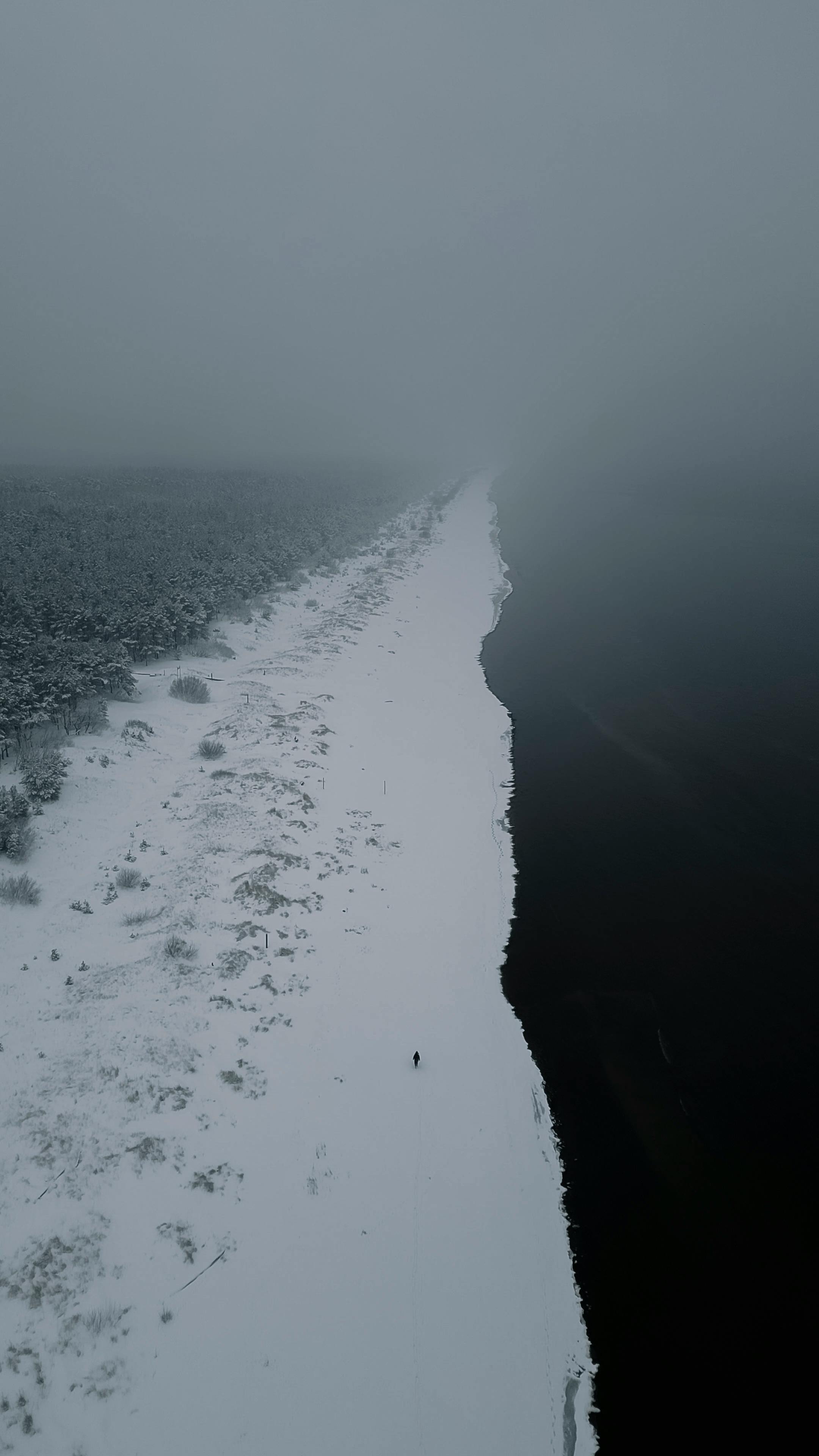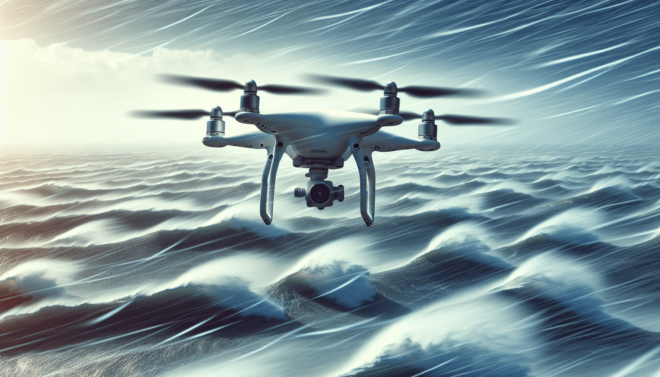How Do I Take Sharp Drone Photos In Windy Conditions?
Have you ever tried to capture stunning aerial photos with your drone, only to be frustrated by windy conditions messing up your shots? Don’t worry, you’re not alone! In this guide, we’ll provide you with essential tips and techniques on how to take sharp drone photos even in windy weather. Let’s get started!
Understanding the Impact of Wind on Drone Photography
Before we dive into practical tips, let’s first understand how wind can affect the quality of your drone photos. Wind is one of the biggest challenges that drone photographers face, as it can cause your drone to shake or drift, resulting in blurry or out-of-focus images.
To capture sharp and clear photos in windy conditions, it’s crucial to know how wind speed and direction can impact your shots. Now let’s move on to some actionable tips on how to overcome windy conditions and take sharp drone photos.
Tip 1: Check the Weather Forecast Before Flying
Always check the weather forecast before heading out to fly your drone. Pay close attention to the wind speed and direction, as these factors will greatly affect your ability to capture sharp photos. Avoid flying in windy conditions if the forecast predicts strong gusts, as this can make it challenging to control your drone and maintain stability.
By being mindful of the weather conditions, you can plan your drone photography sessions more effectively and increase your chances of capturing stunning aerial shots.
Tip 2: Choose the Right Drone for Windy Conditions
Not all drones are created equal when it comes to wind resistance. If you frequently find yourself flying in windy conditions, consider investing in a high-quality drone that is specifically designed to handle strong winds. Look for drones with advanced stabilization systems, such as GPS and altitude hold, to help maintain stability and reduce the impact of wind on your photos.
Additionally, larger drones with heavier frames tend to be more stable in windy conditions, so keep this in mind when choosing the right drone for your photography needs.
Tip 3: Adjust Your Camera Settings
To compensate for the movement and vibration caused by wind, it’s essential to adjust your camera settings to achieve sharp and clear photos. Here are some key settings to consider tweaking:
- Increase your shutter speed: A faster shutter speed can help freeze motion and reduce blur in windy conditions. Experiment with different shutter speeds to find the optimal setting for your drone photography.
- Use a higher ISO: In low light or windy conditions, increasing your ISO can help improve the brightness of your photos. However, be mindful of noise levels that can result from high ISO settings.
- Adjust your aperture: Depending on the lighting conditions and desired depth of field, consider adjusting your aperture to achieve sharp focus throughout the image.
By fine-tuning your camera settings, you can enhance the quality of your drone photos and minimize the impact of wind-induced motion blur.
Tip 4: Fly Close to the Ground
When faced with strong winds, flying your drone at higher altitudes can make it more susceptible to turbulence and instability. To reduce the impact of wind on your drone, consider flying closer to the ground where the air is calmer and more stable.
Flying at lower altitudes not only helps improve the stability of your drone but also allows you to capture unique perspectives and details in your aerial photos. Experiment with different heights to find the optimal balance between capturing sharp photos and maintaining stability in windy conditions.
Tip 5: Use Intelligent Flight Modes
Many drones come equipped with intelligent flight modes that can help you capture sharp photos in challenging conditions. Features such as ActiveTrack, Point of Interest, and TapFly allow you to focus on composition and framing, while the drone handles navigation and stability.
By utilizing intelligent flight modes, you can enhance the quality of your drone photos and overcome the limitations imposed by windy weather. Experiment with different modes to see which ones work best for your photography style and shooting conditions.
Tip 6: Calibrate Your Drone Compass
Before flying in windy conditions, ensure that your drone’s compass is properly calibrated to maintain accurate navigation and stability. A calibrated compass helps your drone maintain its course and stability, even when faced with strong winds or electromagnetic interference.
To calibrate your drone’s compass, follow the manufacturer’s instructions and perform the calibration in an open, interference-free location. By calibrating your compass regularly, you can ensure optimal performance and stability in challenging flying conditions.
Tip 7: Practice Patience and Persistence
Finally, remember that capturing sharp drone photos in windy conditions requires patience and persistence. Don’t get discouraged if your initial attempts result in blurry or out-of-focus shots – learning how to navigate wind challenges takes time and practice.
Take the time to familiarize yourself with your drone’s capabilities and limitations, and practice flying in varying weather conditions to build your skills and confidence. With dedication and perseverance, you’ll be able to master the art of capturing sharp and stunning drone photos, even in the face of strong winds.

This image is property of images.pexels.com.
Conclusion
In conclusion, taking sharp drone photos in windy conditions is definitely challenging, but with the right techniques and mindset, you can overcome these obstacles and capture stunning aerial shots. By understanding the impact of wind on drone photography, adjusting your camera settings, choosing the right drone, and practicing patience and persistence, you can elevate the quality of your drone photos and take your aerial photography to new heights.
So next time you find yourself facing windy weather, don’t fret – armed with these tips and tricks, you’ll be well-equipped to take sharp and clear drone photos that will impress and inspire. Happy flying!

This image is property of images.pexels.com.

